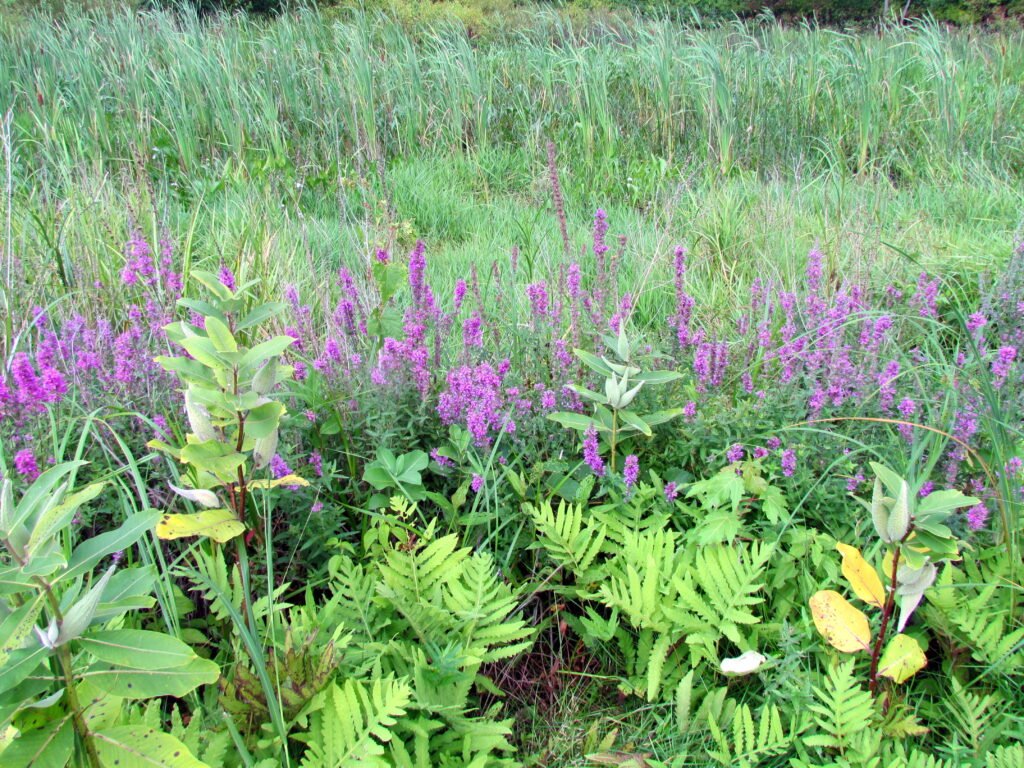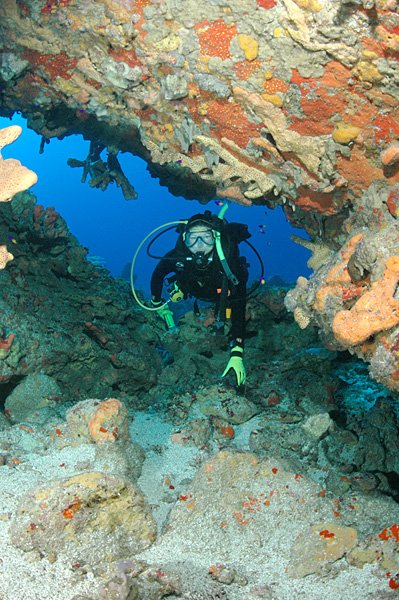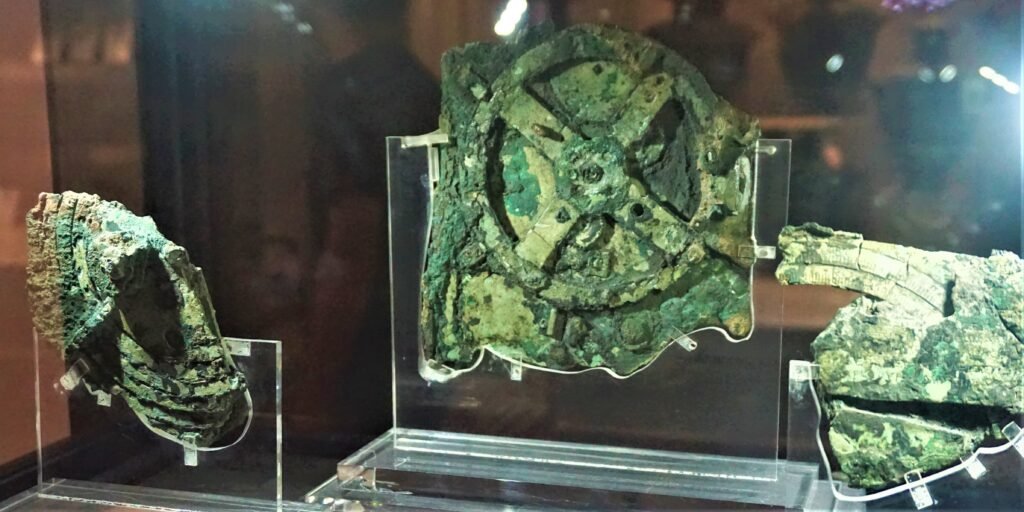Picture this: you’re walking along a pristine wetland, and suddenly you’re surrounded by towering spikes of vibrant purple flowers swaying in the breeze. It’s breathtaking, almost magical. But here’s the shocking truth – you’re actually witnessing one of North America’s most devastating ecological disasters in action. That beautiful purple carpet is slowly strangling the life out of our most precious wetland ecosystems, one flower at a time.
The Deceptive Beauty That’s Fooling Everyone
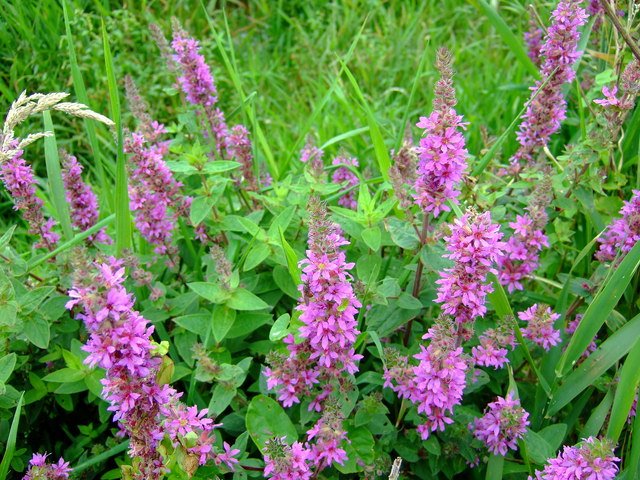
Purple loosestrife looks like something straight out of a fairy tale with its tall, elegant stems crowned with brilliant magenta-purple flower spikes. This perennial plant can grow up to six feet tall and produces thousands of tiny flowers that bloom from June through September. What makes it so visually striking is how it forms dense stands that create vast purple meadows across wetland landscapes. But here’s what most people don’t realize – those gorgeous purple fields are actually biological deserts where native wildlife struggles to survive. The plant’s beauty has even led some gardeners to intentionally plant it, not knowing they’re unleashing an ecological nightmare.
From European Gardens to American Wetlands
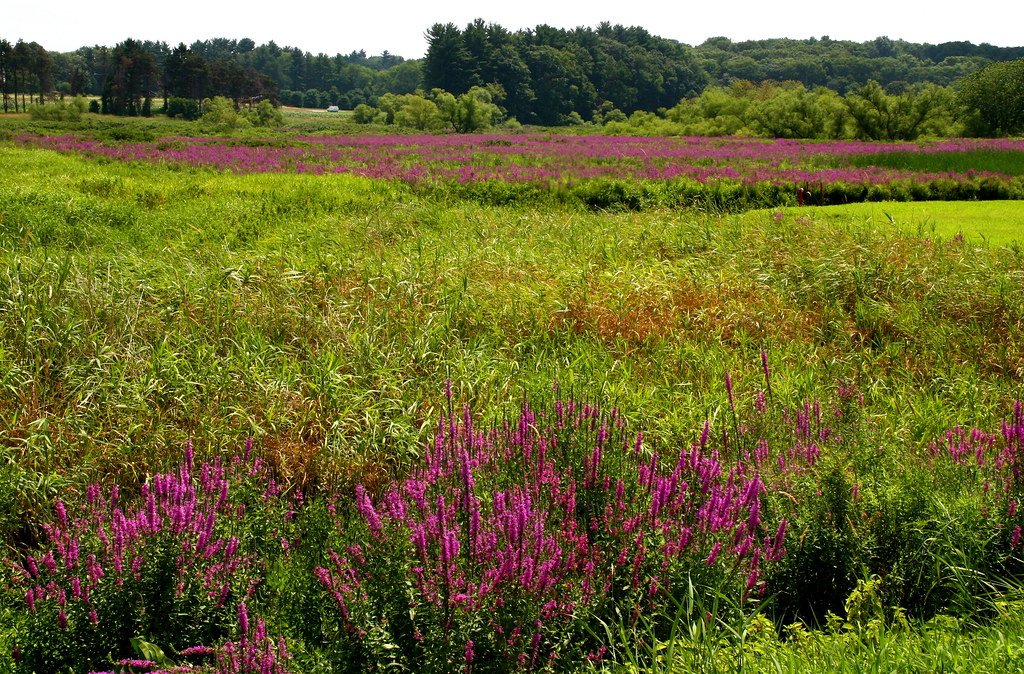
Purple loosestrife didn’t start as America’s problem – it began as Europe’s garden darling in the early 1800s. European settlers brought this ornamental plant to North America, thinking they were adding a touch of home to their new landscape. The plant arrived through multiple pathways: some came as ornamental plants, others hitchhiked in ship ballast, and some tagged along with livestock feed. By the 1830s, it had established itself along the eastern seaboard and began its relentless march westward. What took centuries to naturalize in Europe happened in mere decades here, thanks to our continent’s lack of natural predators and perfect growing conditions.
The Wetland Takeover Nobody Saw Coming

When purple loosestrife arrives in a wetland, it doesn’t just move in – it completely renovates the neighborhood. A single mature plant can produce over 2.5 million seeds annually, and these tiny invaders can germinate in water, mud, or even on floating debris. The plant’s aggressive root system forms dense mats that crowd out native species like cattails, sedges, and native wildflowers. Within just a few growing seasons, a diverse wetland ecosystem transforms into a purple monoculture. Scientists have documented cases where purple loosestrife has reduced native plant diversity by up to 50% in invaded areas.
Why Native Wildlife Is Starving in Purple Paradise
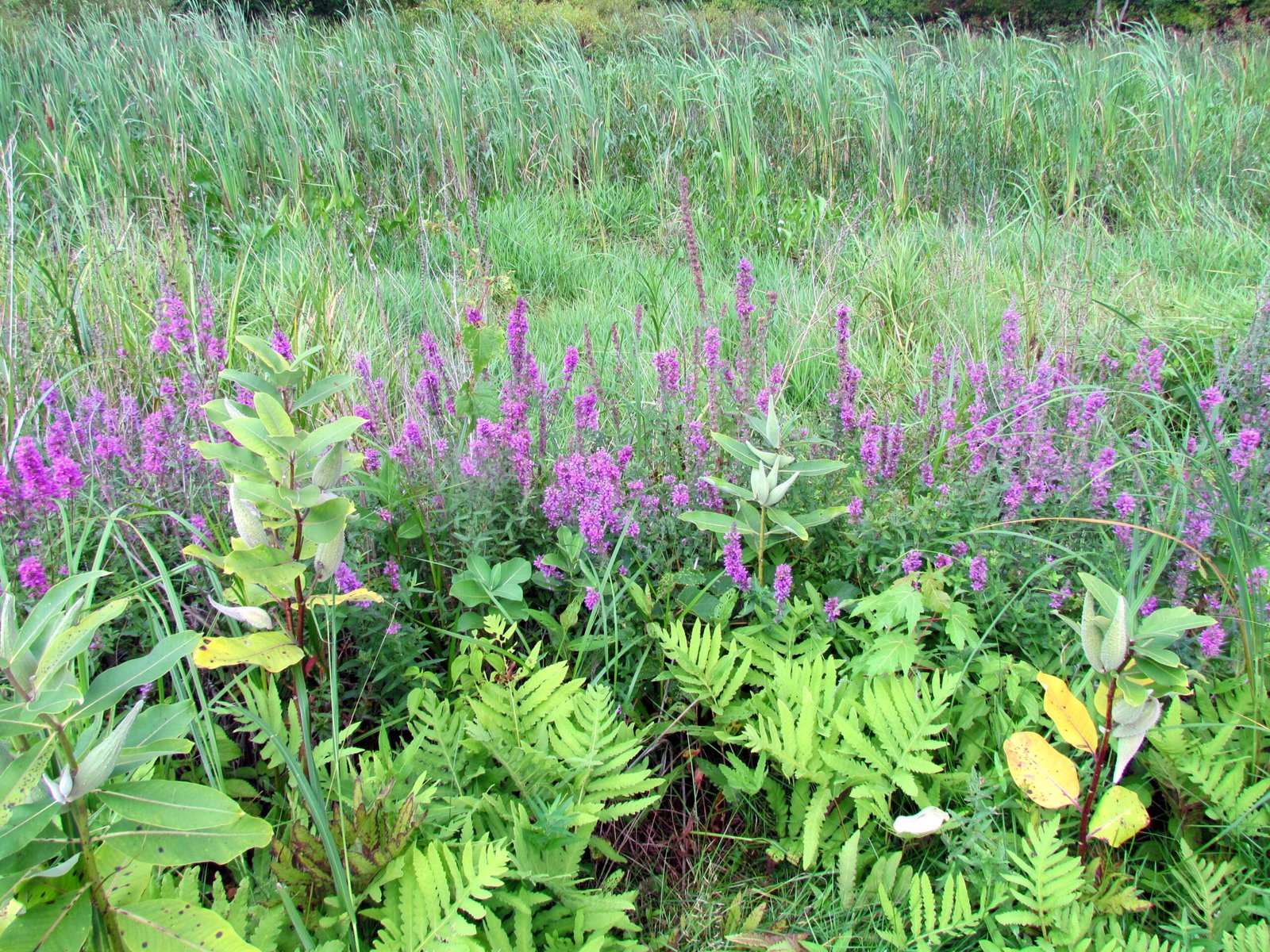
Here’s where the story gets truly heartbreaking: purple loosestrife is essentially junk food for native wildlife. While native wetland plants have co-evolved with local animals over thousands of years, purple loosestrife offers little to no nutritional value for most North American species. Waterfowl that once feasted on native seed heads now find themselves surrounded by plants they can’t digest properly. Insects that depend on specific native plants for reproduction find themselves homeless in purple loosestrife stands. Even the nectar from purple loosestrife flowers, while attractive to some pollinators, doesn’t provide the specialized nutrients that native bee species need for healthy development.
The Shocking Speed of Wetland Colonization
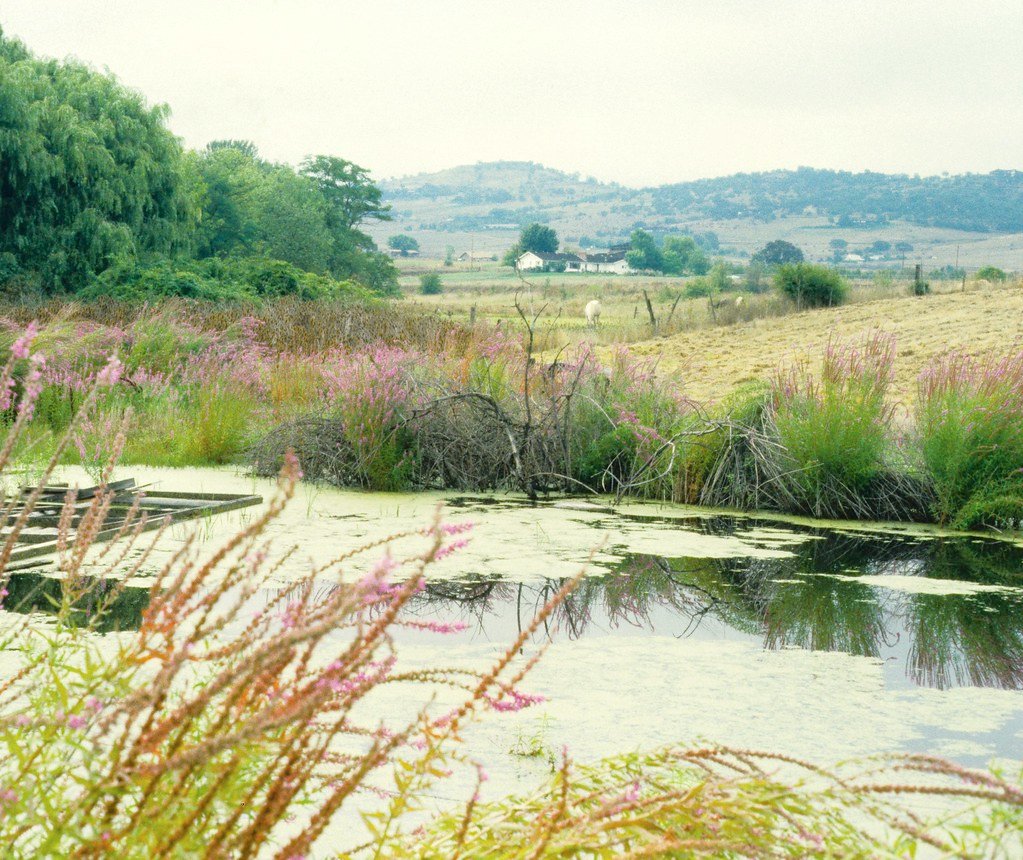
The rate at which purple loosestrife can colonize wetlands is absolutely mind-blowing. Once established, a single plant can spread both through seeds and underground rhizomes, creating new shoots up to three feet away from the parent plant. In optimal conditions, purple loosestrife can expand its territory by 25% each year. What’s particularly alarming is how it exploits disturbances – any human activity that disturbs wetland soil, from construction to recreation, creates perfect conditions for purple loosestrife seeds to germinate. Some wetlands have gone from having zero purple loosestrife to being completely dominated by it in less than five years.
The Chemical Warfare Happening Underground

Purple loosestrife doesn’t just compete for space – it actually wages chemical warfare against native plants. The plant releases allelopathic compounds through its roots, which are essentially natural herbicides that inhibit the growth of nearby plants. These toxic chemicals persist in the soil even after the purple loosestrife is removed, making restoration efforts incredibly challenging. Think of it like the plant is poisoning the ground around itself to ensure its own success. This chemical manipulation gives purple loosestrife an unfair advantage that native plants simply haven’t evolved to overcome.
How Hydrology Changes Everything

One of the most insidious effects of purple loosestrife invasion is how it fundamentally alters wetland hydrology – the natural flow and storage of water. Dense stands of purple loosestrife trap sediment more effectively than native vegetation, causing wetlands to fill in faster and become drier over time. The plant’s extensive root system also changes how water moves through the soil, often creating drier conditions that favor even more invasive species. This hydrological shift can permanently alter the character of a wetland, making it impossible for water-dependent native species to return even after the purple loosestrife is controlled.
The Multi-Billion Dollar Economic Disaster
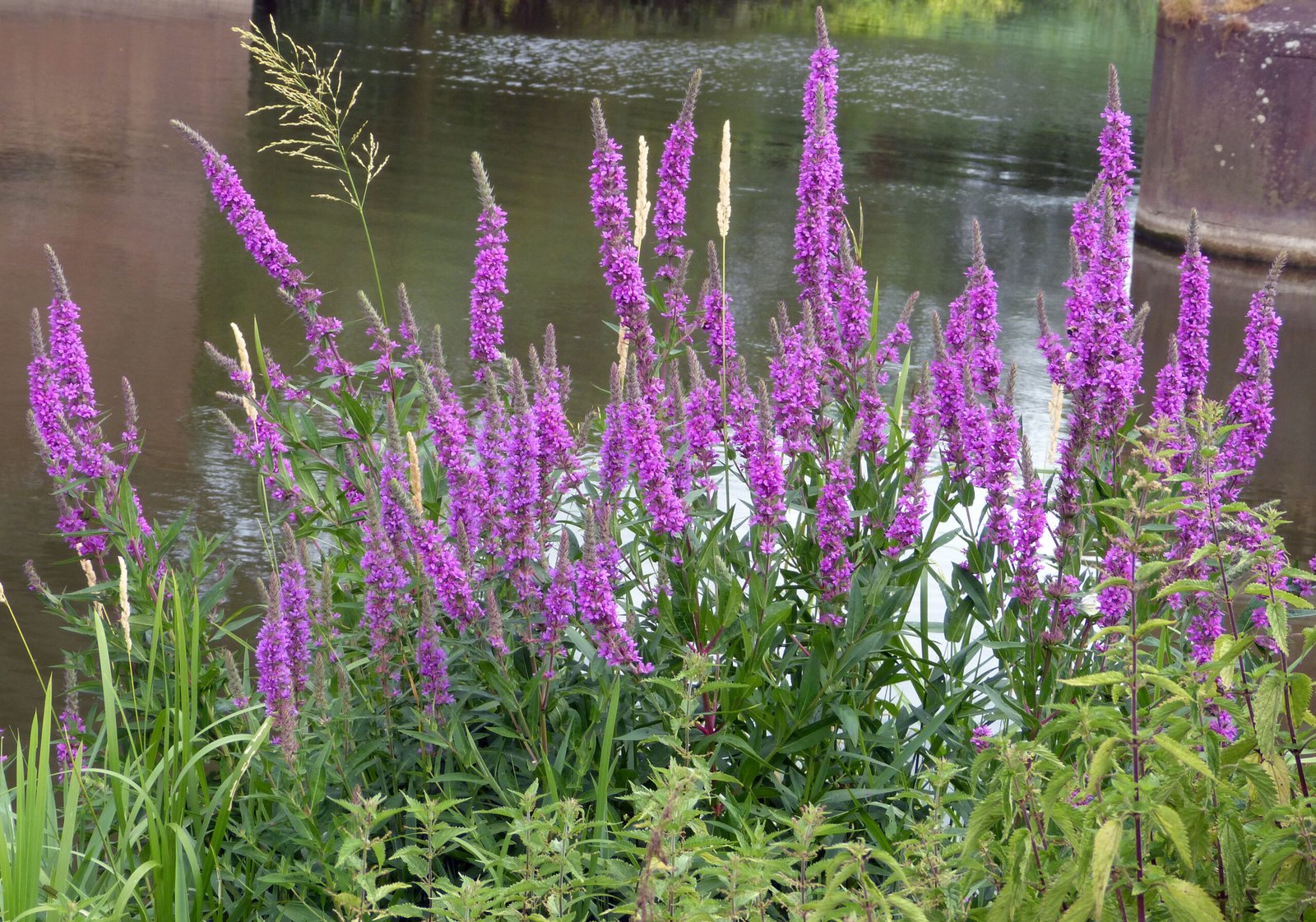
The economic impact of purple loosestrife invasion is staggering, costing the United States and Canada an estimated $45 million annually just in control efforts. But that’s just the tip of the iceberg – the total economic impact includes lost agricultural productivity, decreased property values near invaded wetlands, and reduced tourism revenue in affected areas. Wetlands provide crucial ecosystem services like flood control, water filtration, and storm protection, services worth billions of dollars annually. When purple loosestrife degrades these systems, communities lose these natural benefits and must invest in expensive artificial alternatives.
States Fighting the Purple Plague
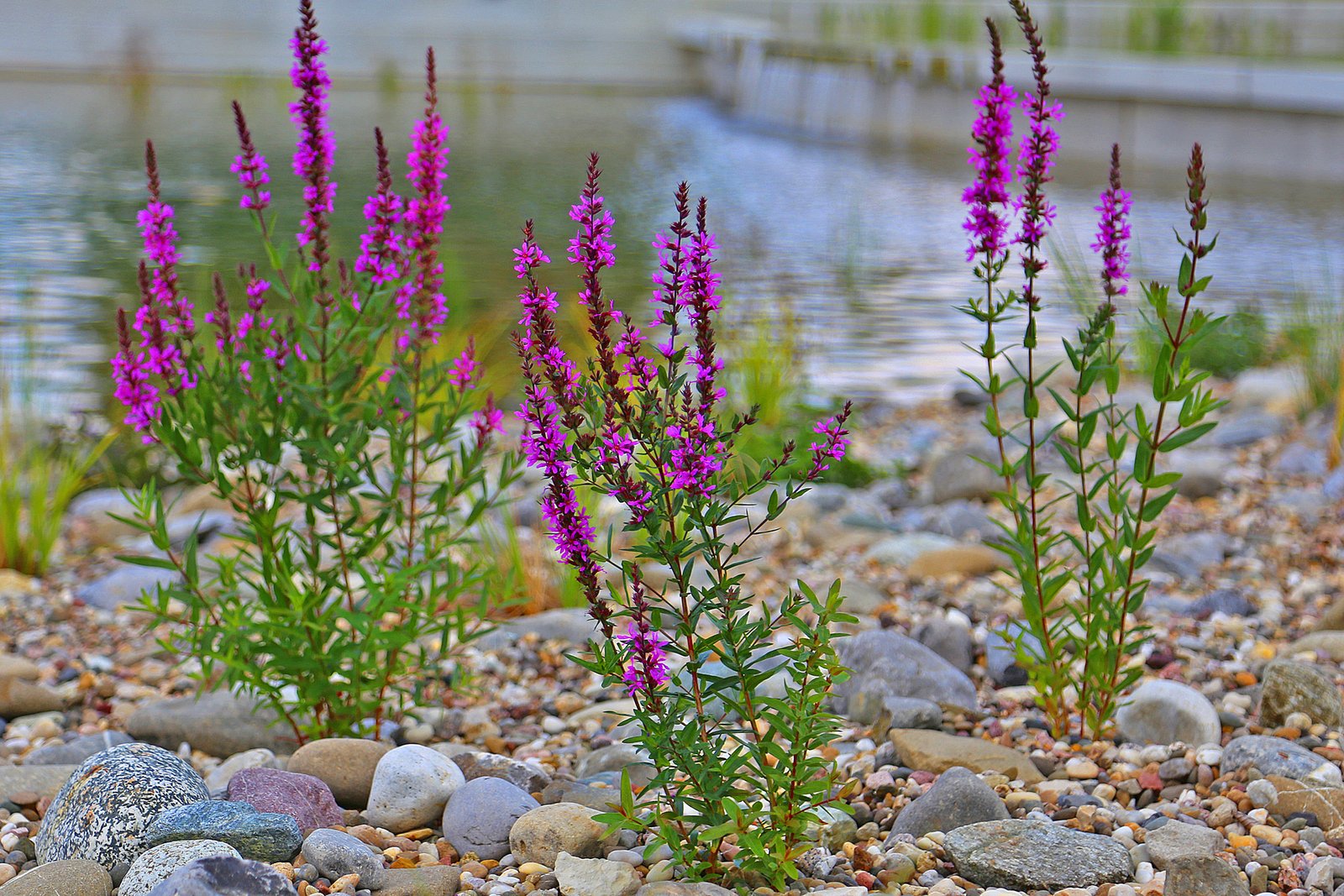
The purple loosestrife invasion has reached crisis proportions across multiple states, with some regions declaring it a noxious weed requiring mandatory control. Minnesota has documented purple loosestrife in over 1,000 wetlands, while Wisconsin reports infestations in all 72 counties. New York’s Adirondack region has seen some of its most pristine wetlands transformed into purple monocultures. Western states like Montana and Colorado are now battling early-stage invasions, trying to prevent the ecological catastrophe that eastern states have already experienced. Each state’s battle reveals the same pattern: initial beauty followed by ecological collapse.
The Biological Control Breakthrough
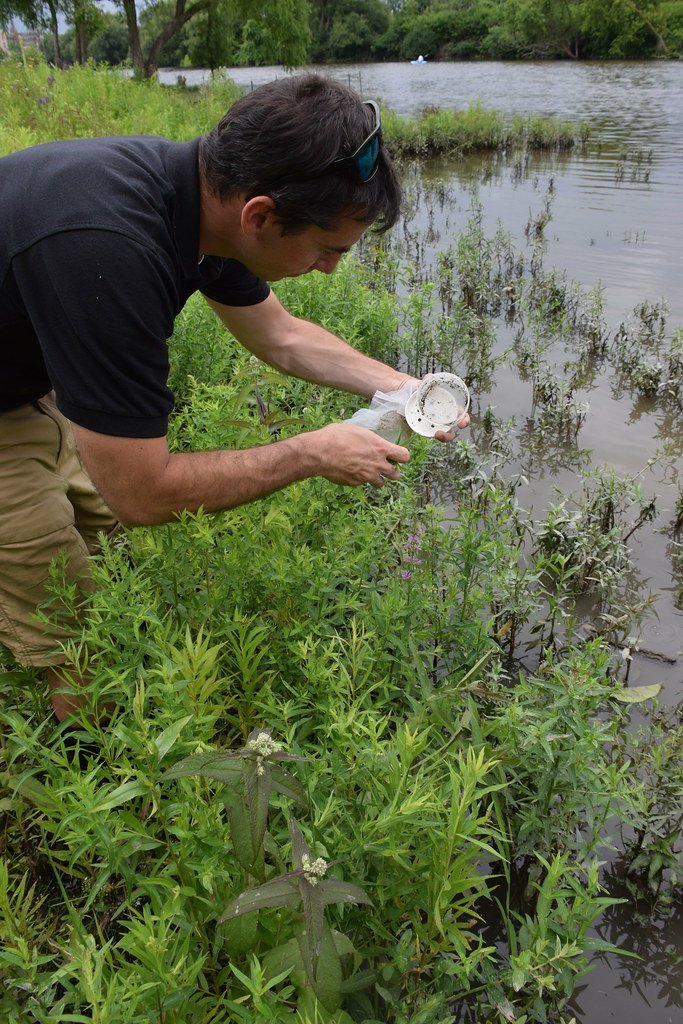
After decades of losing the war against purple loosestrife, scientists discovered a game-changing ally: tiny beetles from Europe that specialize in eating this invasive plant. Three species of beetles – Galerucella calmariensis, Galerucella pusilla, and Hylobius transversovittatus – were introduced after rigorous testing to ensure they wouldn’t harm native plants. These biological warriors have shown remarkable success in many areas, with some sites experiencing up to 90% reduction in purple loosestrife density within five years of beetle release. The beetles work by defoliating the plants and boring into their stems, significantly weakening them and allowing native vegetation to recover.
Manual Removal: The Backbreaking Reality
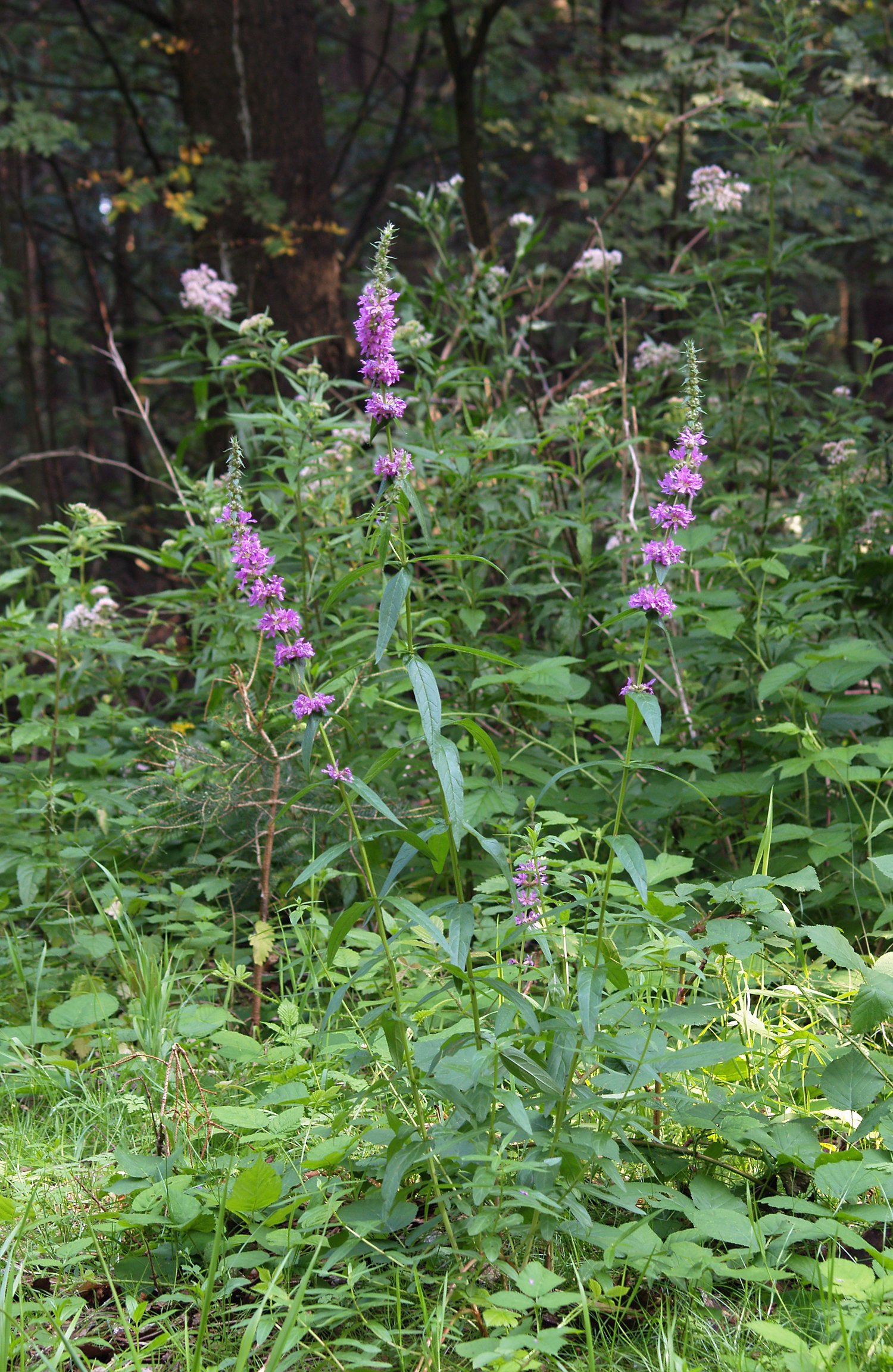
For smaller infestations or sensitive areas where biological control isn’t suitable, manual removal remains the go-to method – but it’s incredibly labor-intensive. Volunteers and land managers spend countless hours pulling purple loosestrife by hand, ensuring they remove the entire root system to prevent regrowth. The timing is crucial: plants must be removed before they set seed, which means working in mosquito-infested wetlands during the height of summer. A single weekend volunteer event can involve dozens of people working to clear just a few acres, and the same area often needs repeated treatments for several years to achieve long-term control.
Chemical Control: Walking the Environmental Tightrope
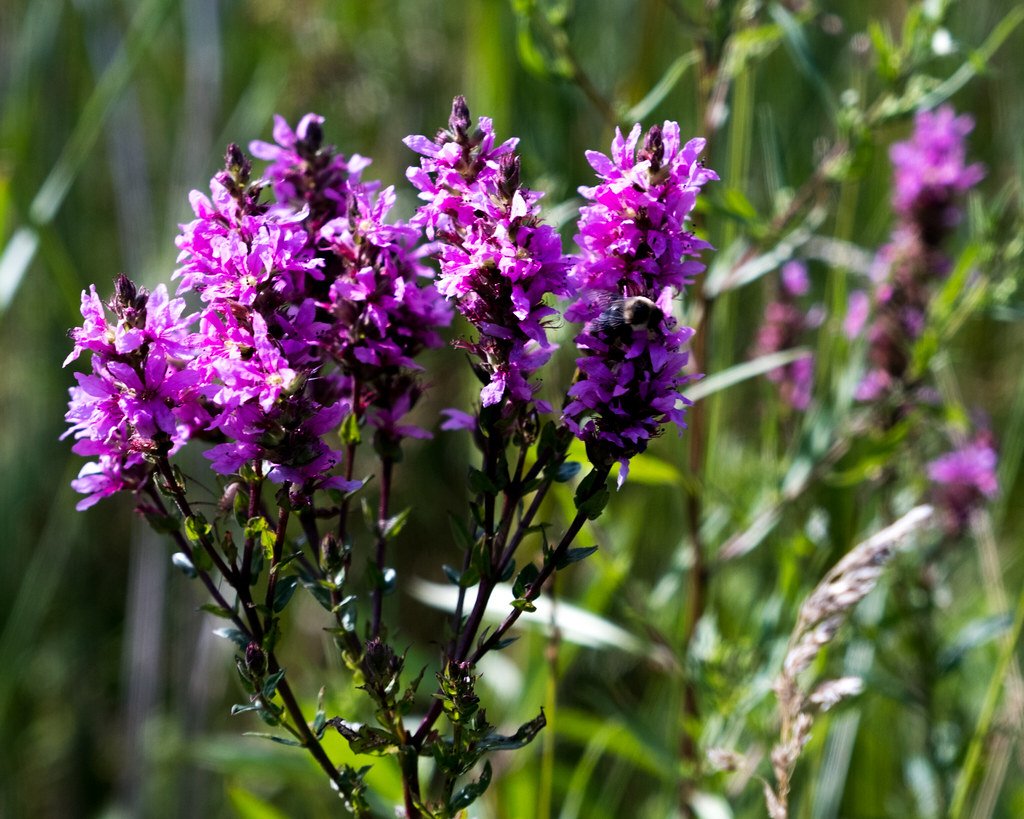
Herbicide treatment of purple loosestrife presents a classic environmental dilemma – using chemicals to save nature. Glyphosate-based herbicides can effectively kill purple loosestrife, but applying chemicals in sensitive wetland environments requires extreme precision and expertise. Applicators must use specialized equipment and techniques to target only the invasive plants while protecting surrounding native vegetation and aquatic life. The window for chemical treatment is narrow, and weather conditions must be perfect to prevent drift or runoff. Many land managers view chemical control as a last resort, used only when other methods have failed or when infestations are too large for manual removal.
The Restoration Challenge Nobody Talks About

Killing purple loosestrife is only half the battle – restoring native wetland communities is often the harder challenge. Once purple loosestrife is removed, the bare ground it leaves behind is prime real estate for other invasive species to colonize. Successful restoration requires replanting with native species, but wetland plants can be expensive and difficult to establish. The altered soil chemistry and hydrology left behind by years of purple loosestrife dominance often requires additional treatment before native plants can thrive. Some restoration projects take decades to achieve anything resembling the original wetland community.
Climate Change: Making a Bad Situation Worse
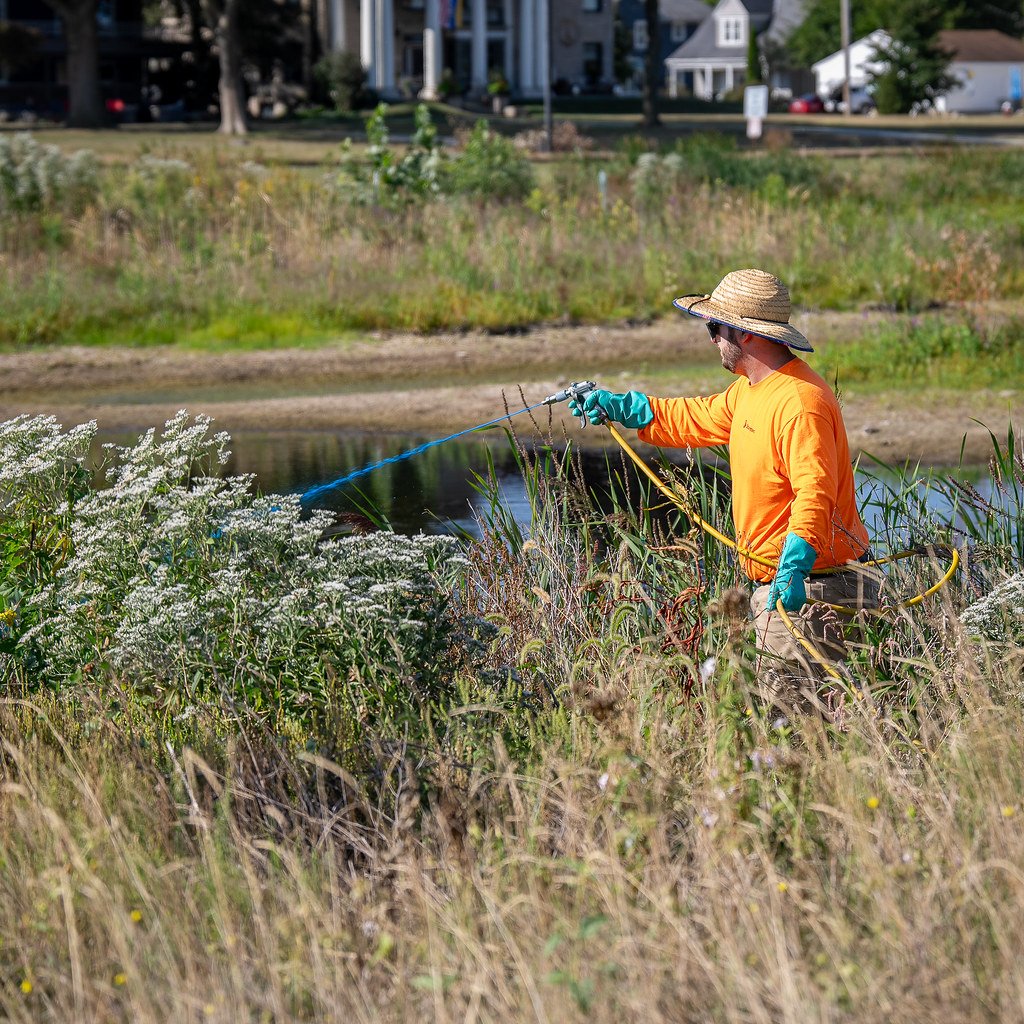
As if purple loosestrife wasn’t challenging enough, climate change is creating conditions that favor its spread even further. Warmer temperatures extend the growing season, allowing purple loosestrife to produce more seeds and establish in previously unsuitable habitats. Extreme weather events like floods and droughts create the soil disturbances that purple loosestrife exploits for colonization. Higher atmospheric CO2 levels may actually boost the plant’s growth rate, giving it an even greater competitive advantage over native species. Scientists are now racing to understand how these changing conditions will affect both invasion patterns and control strategies.
Success Stories That Offer Hope
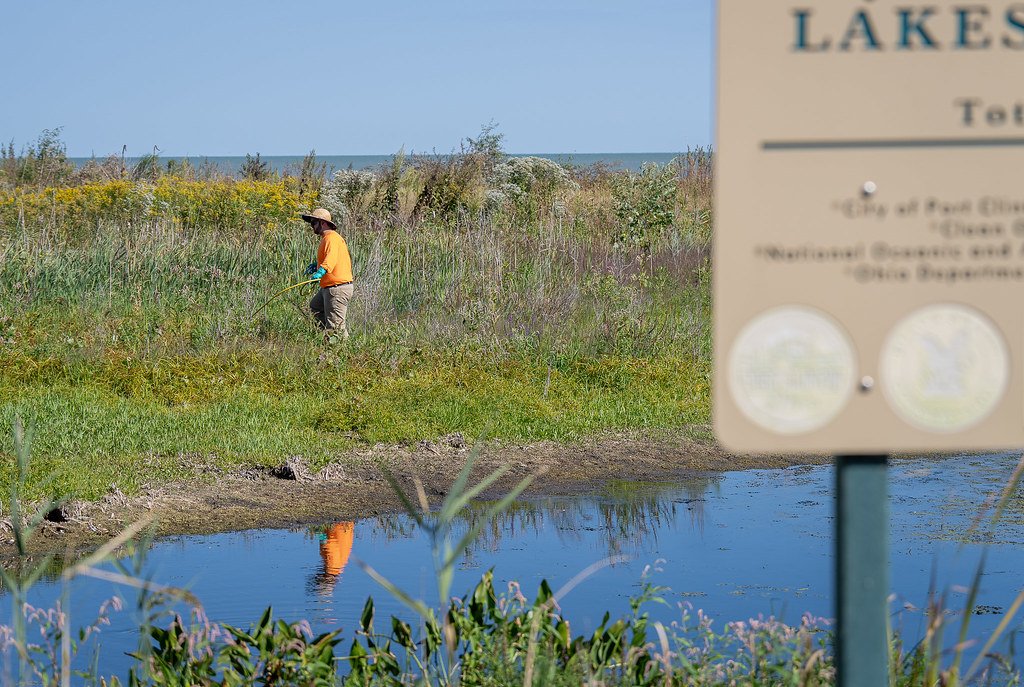
Despite the challenges, there are inspiring examples of successful purple loosestrife control across the continent. The Hackensack Meadowlands in New Jersey transformed from a purple loosestrife wasteland back into a thriving native wetland through a combination of biological control and aggressive restoration. Michigan’s Seney National Wildlife Refuge has maintained purple loosestrife at manageable levels through early detection and rapid response protocols. These success stories share common elements: long-term commitment, adequate funding, community involvement, and adaptive management that adjusts strategies based on what works. They prove that with dedication and resources, wetlands can recover from even severe invasions.
What Homeowners Can Do Right Now
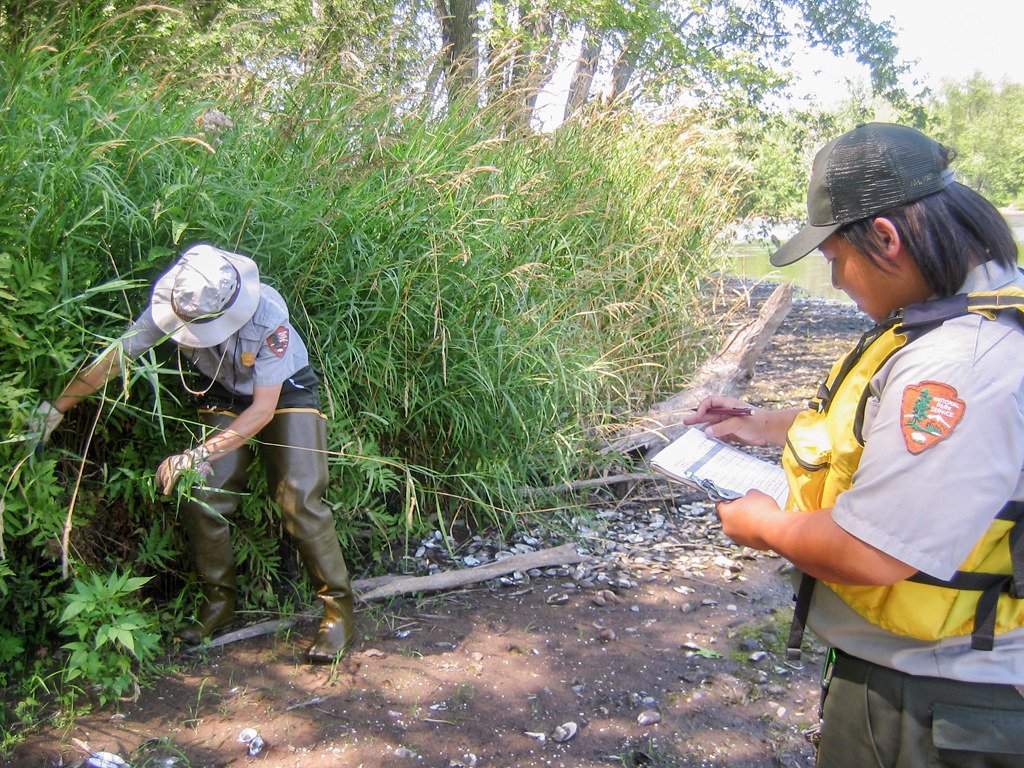
Every homeowner can play a crucial role in preventing purple loosestrife spread, starting with learning to identify the plant and never planting it in gardens or landscapes. If you discover purple loosestrife on your property, removing it immediately – before it flowers – can prevent millions of seeds from spreading to nearby wetlands. Choosing native alternatives for wetland gardens not only avoids contributing to the problem but actively supports local wildlife and ecosystem health. Simple actions like cleaning boots and equipment after visiting infested areas can prevent accidentally transporting seeds to new locations. Many states offer volunteer training programs that teach citizens how to identify and safely remove invasive plants.
The Technology Revolution in Invasion Management

Modern technology is revolutionizing how we detect and manage purple loosestrife invasions. Drone surveys equipped with specialized cameras can identify purple loosestrife blooms across vast landscapes, allowing managers to map infestations with unprecedented accuracy. GPS mapping systems help track treatment effectiveness over time and identify areas where reinvasion is occurring. Mobile apps now allow citizen scientists to report purple loosestrife sightings, creating real-time invasion databases that help prioritize management efforts. Some researchers are even experimenting with artificial intelligence systems that can automatically identify invasive plants from satellite imagery, potentially allowing for landscape-scale monitoring.
The Future of Wetland Defense

Looking ahead, the fight against purple loosestrife will likely involve increasingly sophisticated strategies combining multiple approaches. Researchers are developing new biological control agents, including pathogens that could provide additional weapons against the invader. Genetic studies of purple loosestrife populations are revealing insights that could lead to more targeted control methods. Prevention strategies are becoming more refined, focusing on protecting the most ecologically valuable wetlands while accepting some level of invasion in less critical areas. The next decade will likely see major advances in both our understanding of invasion ecology and our ability to predict and prevent new invasions before they become established.
Why Every Wetland Matters

The purple loosestrife invasion represents more than just a pretty plant in the wrong place – it’s a stark reminder of how human activities can trigger ecological cascades with far-reaching consequences. Every wetland lost to invasion represents countless native species displaced, ecosystem services diminished, and natural heritage destroyed. But it also represents an opportunity for communities to come together, learn about their local ecosystems, and take action to protect what remains. The wetlands we save today will serve as seed sources for restoration efforts tomorrow, making every conservation victory matter for the long-term health of our landscapes.
The battle against purple loosestrife reveals just how fragile the balance is in our natural systems. What started as an innocent ornamental plant has become a continental-scale ecological disaster, transforming diverse wetland communities into biological deserts. Yet within this crisis lies a powerful lesson about resilience – both of nature’s ability to recover when given the chance, and of human communities willing to work together for restoration. The purple flowers may be beautiful, but the real beauty lies in the native wetlands we’re fighting to preserve and restore. What will you do to help protect the wetlands in your area?

